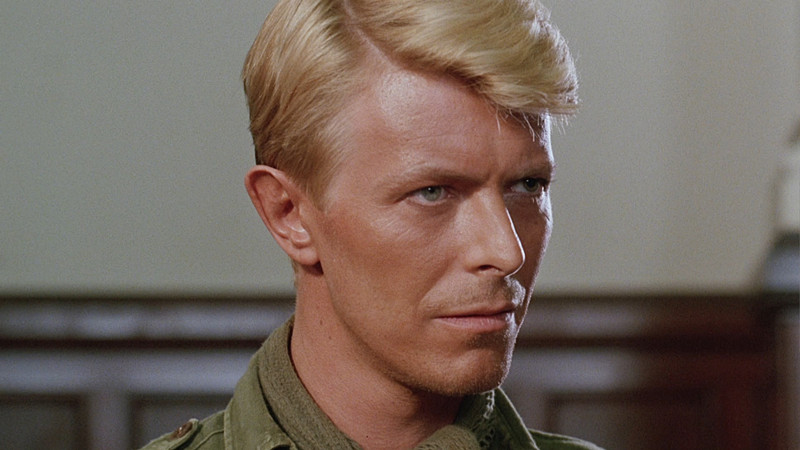
It’s safe to say that Christopher Nolan holds a special place in film lover’s hearts. In a groundbreaking career that now spans 25 years, the British maestro has etched a permanent place in movie history as one of a select few to have ever achieved widespread critical adoration and sustained mainstream popularity, which in turn has allowed him to bring original ideas to the big screen on a massive scale.
A gifted storyteller with an outsized ambition and even bigger fanbase, Nolan has managed to put his stamp on about every major genre he’s dipped his toes in, from micro-budget mystery thrillers (“Memento”), expansive sci-fi (“Interstellar”) and comic-book adaptations (Batman).
In recent years, Nolan appears to have shifted gears to the war genre, with two of his last three projects recounting much-mythologized events from the Second World War. Having dramatized the heroic British evacuation of over 300,000 Allied soldiers from the northern shores of France in the 2017s “Dunkirk”, the director has now treated us with a colossal three-hour biopic about J. Robert Oppenheimer and the making of the atomic bomb. The much-anticipated historical drama led by Cillian Murphy — in theaters now — has opened to rave reviews and continues to ride high at the box office.
To celebrate the latest offering by one of the leading creators in today’s scene, we have scoured through interviews to round up ten war movies, listed in no specific order, endorsed by the mastermind behind “Dunkirk”. From classic British cinema to a few non-traditional choices, take a look at 10 favorites from the esteemed auteur that you should add to your queue after “Oppenheimer”.
1. The Thin Red Line (1998)
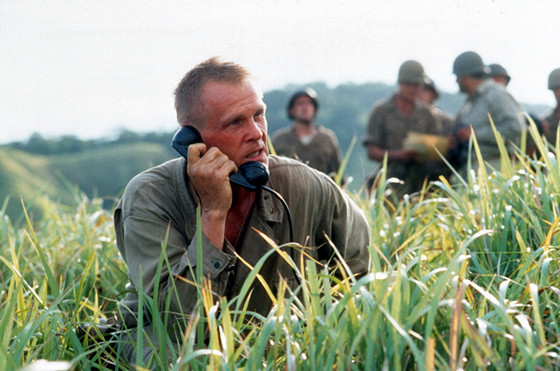
As part of Oppenheimer’s press cycle, Nolan stopped by the DVD closet of French-based video store Konbini to pick out a selection of films that celebrate his taste and style as a filmmaker. One of the titles the director geeked out over was the seven-time Oscar nominee “The Thin Red Line”.
Though rarely associated with the war genre, Terrence Malick really outdid himself with this soul-stirring depiction of the Pacific Theater, a timeless anti-war parable that continues to be a guidepost for how to create a great movie about the human condition in the face of overwhelming destruction and chaos.
“More than almost any other filmmaker I can name, Malick’s work is immediately recognizable,” said Nolan. “His films are all very, very connected with each other, but it’s very tough to put your finger on why that is”. Watching this 1998 dramatization of the battle of Guadalcanal was a revelation for the British filmmaker, who now considers it “an extraordinary, absolutely poetic and remarkable vision of war” that directly inspired his breakout film in terms of its non-linear narrative and portrayal of memory. “Malick is cutting to memories and flashbacks with simple cuts; there are no wavy lines or dissolves. There are moments in “Memento” where Guy Pearce’s character is remembering his wife that were taken very much from that film.”
2. Lawrence of Arabia (1962)
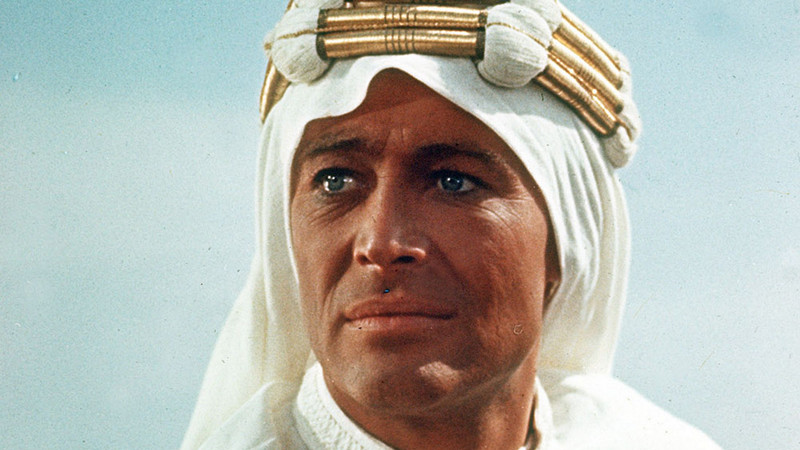
The shadow of “Lawrence of Arabia” hangs over anything vaguely in the war genre. A dramatized account of British archeologist, military officer and diplomat T.E. Lawrence’s experiences in the Arabian Peninsula during World War I, David Lean’s sprawling historical epic has recently been cited by Nolan as one of his formative cinema experiences growing up that shaped his own directorial choices including why he will only ever shoot on celluloid.
This touchstone of British cinema delves into the paradoxes and murky morality of a complex real-life figure who often wrestled with his own beliefs and divided allegiances, something the “Oppenheimer” director has also gone on record as saying he actively riffed on with his latest three-hour biopic. Running at over 228 minutes, David Lean’s large-scale epic is by some way the longest film on this list – and yet not a moment is wasted. Despite revisiting the movie once every few years, Nolan himself notes how it never grows dull and remains rewatchable well into the double digits. Epic in scope yet intimate in detail, “Lawrence of Arabia” is that rare war movie outing able to do double-duty as a family holiday film.
3. The Hill (1965)
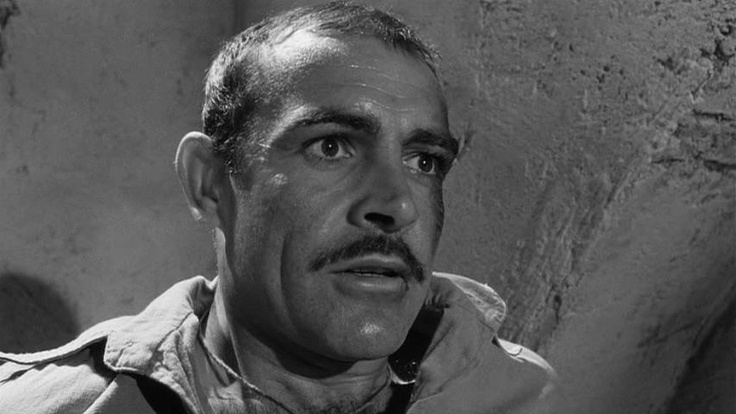
Easily one of the most underappreciated titles in Connery’s filmography, this gritty WWII drama directed by Sidney Lumet and shot right between Bond instalments features one of the star’s single best turns as British Trooper Joe Roberts. No longer an unflappable, suave womanizer who can talk his way out of trouble but a court-martialed soldier imprisoned in a British detention camp for assaulting a superior officer, Connery’s character endures brutal treatment by the hand of sadistic Staff Sergeant Williams — forced to march double time and climb an artificial hill many times over in the scorching Libyan sun.
Nolan had nothing but praise for this unheralded prison masterpiece when he pulled it out from Konbini’s shelves this past July, mentioning how it served as a key point of reference for the camerawork employed in “Oppenheimer”. During the film’s early stages of development, Nolan screened a 35mm print of “The Hill” provided by the Academy along with director of photography Hoyte van Hoytema to look at Oswald Morris’s evocative black-and-white cinematography and distinctive camera style, which ultimately helped them “tame the camera into intimacy” while capturing big movements in “Oppenheimer”. Though not for the faint of heart, this piercing tale of resilience, camaraderie, and the extremes to which power can be misused should give first-time viewers plenty to chew on.
4. Saving Private Ryan (1998)
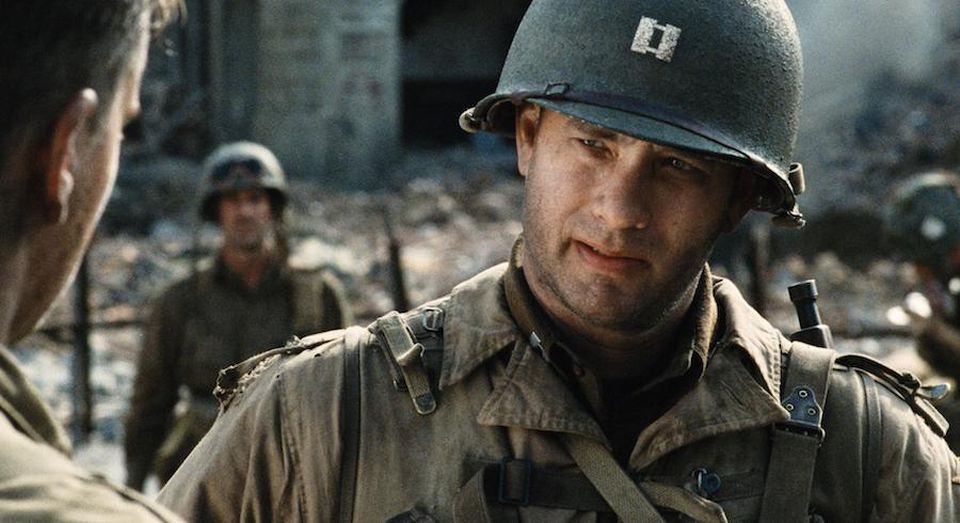
No director since Steven Spielberg has so enduringly held the general public’s affection as Christopher Nolan. Though perceived within highbrow circles as commercial moviemakers whose talent is only cut out for the safe confines of mainstream filmmaking, they are nevertheless two in a very select line of auteurs who are still able to attract a huge audience based on their name alone.
Nolan took a page out of Uncle Steven when he decided to leave his franchise-filmmaking days behind to dramatize a pivotal event of World War II in hopes of securing his first directing nod in 2017 with “Dunkirk”. The British director told Variety that he used Spielberg’s Best Picture runner-up as an inspirational touchstone and reached out to the man himself for advice before shooting began. Nolan also remarked that the Tom Hanks-led rah-rah men-on-a-mission movie hasn’t lost any of its power, noting how he still finds its iconic D-Day battle sequence terrifying to sit through. “We didn’t want to compete with that because it is such an achievement,” he continued. “I quickly realized I was looking for a different type of tension in “Dunkirk”’.
5. The Battle of Algiers (1966)
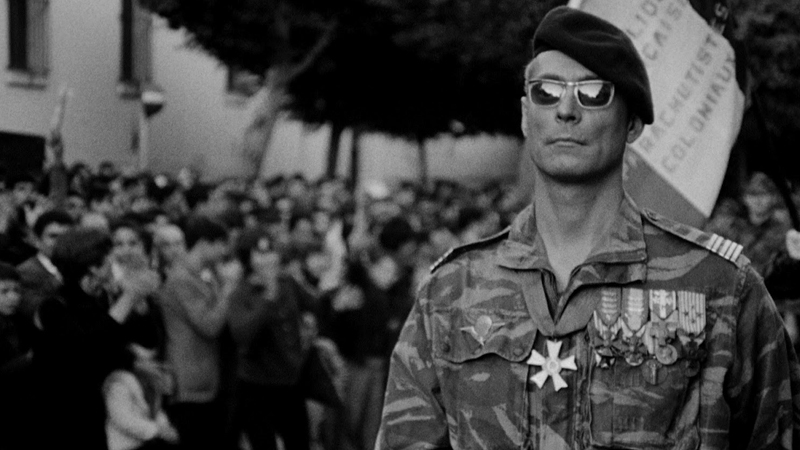
“‘The Battle of Algiers’ is a timeless and affecting verité narrative, which forces empathy with its characters in the least theatrical manner imaginable,” Nolan told BFI in a 2017 interview for “Dunkirk”. “We care about the people in the film simply because we feel immersed in their reality and the odds they face”.
Shot on the streets of Algiers in documentary style, Gillo Pontecorvo’s nail-biting pressure cooker possesses the kind of gritty realism and drum-tight plotting that is thoroughly lacking in today’s big-budget studio tentpoles. A driving source of inspiration for Nolan when he was developing “Dunkirk”, the film vividly traces the Algerian struggle for independence from the occupying French in the 1950s, showcasing the ways in which war destroys not just individual lives but entire communities as violence escalates and the colonial government takes extreme measures to combat the insurgents. As a window into a turbulent chapter in our modern history and a raging political film that sparked so much backlash the French government banned it from release, “The Battle of Algiers” remains as vital now as it was in ’66.